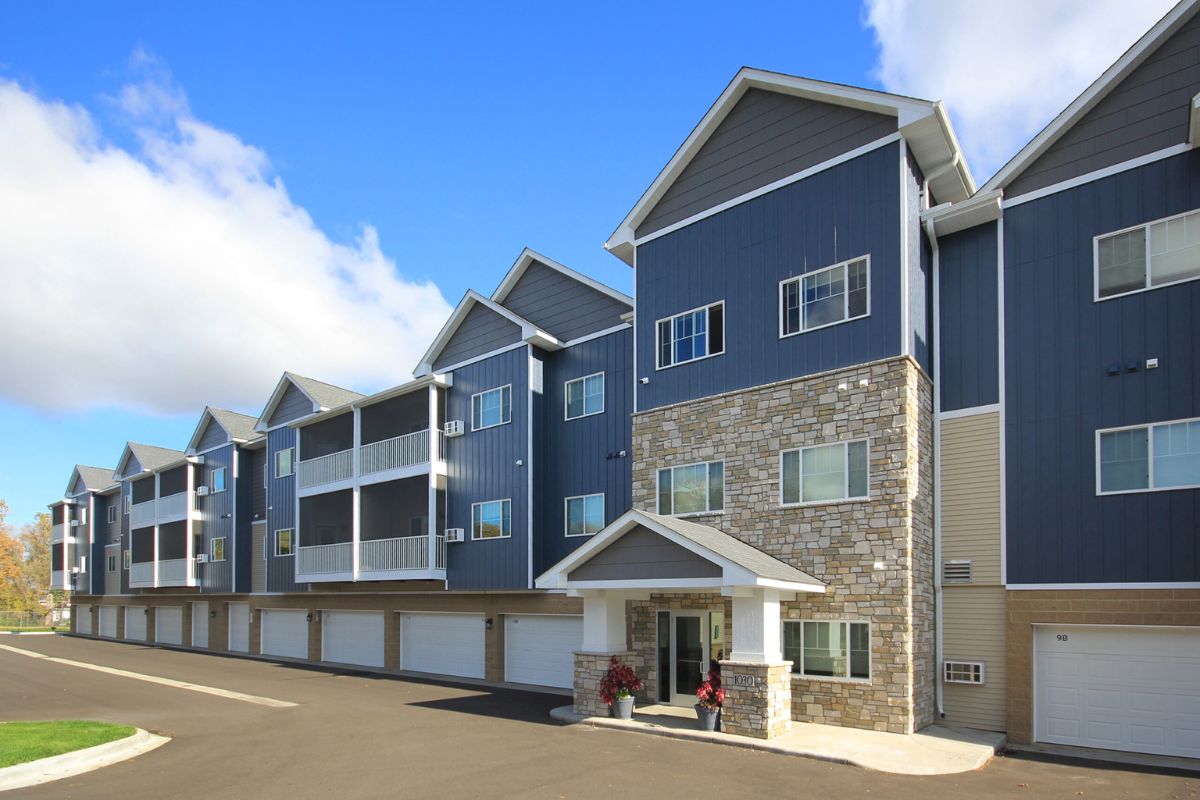The July 2023 Rent Report provides valuable insights into the current state of the rental market, highlighting key trends and changes in rental prices across the United States. This research article aims to delve deeper into the report, analyzing the data to offer a comprehensive overview of the rental industry landscape in July 2023.
National Rent Trends
In June, national rents experienced a 0.50 percent increase, marking a rebound from May's 0.6 percent decrease. This rise followed the first yearly price drop since March 2020. Notably, monthly prices have been steadily increasing since hitting a low point in February.
From May to June, rental prices grew by over 1.72 percent, with a total increase of more than 3 percent since April. March witnessed the highest monthly growth at 1.77 percent. On average, monthly price changes have shown a growth rate of 0.89 percent since February's low.
Despite this consistent growth, rental prices in July 2023 remained below the peak levels observed during the previous summer. The national median rent price stood at $2,029, representing a 1.17 percent decrease from August 2022 when rents reached $2,053.
By February 2023, rents had declined by 5.66 percent from the previous high. June's prices indicated a 4.80 percent increase from February, making it the most expensive month since August 2022. Over a two-year period, rental prices have risen by more than 15.5 percent nationally, adding over $275 to monthly rent bills.
State-Level Rent Trends
Examining rental trends at the state level, the report reveals interesting variations. In June, 33.33 percent of markets experienced a decrease in rental prices compared to the previous year. The West region, in particular, saw rents decline by -0.31 percent year over year.
On the other hand, the South witnessed modest growth at 0.80 percent, while the Northeast and Midwest recorded increases of 4.32 percent and 3.72 percent, respectively.
Analyzing the states with the highest year-over-year rent growth, the Midwest and South dominated the list. Eight out of the top 10 states experiencing the highest rent growth were from these two regions. South Dakota and Mississippi showcased remarkable growth rates, both exceeding 26 percent.
Additionally, two Northeastern states, New York and New Hampshire, also appeared among the top gainers, with growth rates of nearly 12 percent and 7.46 percent, respectively.
Conversely, several states in the West exhibited year-over-year rent decreases. Washington, Idaho, Arizona, and Nevada were among the five states with the largest drops in rental prices in June. The state of Washington and Idaho witnessed declines of more than 6 percent, while Arizona and Nevada experienced decreases of just under 5 percent and slightly over 3 percent, respectively.
Oregon, another Western state, saw a decline of 2.59 percent. Other states experiencing rent declines included Texas, Oklahoma, Maryland, Pennsylvania, and Illinois.
Metropolitan Area Rent Trends
Analyzing the 50 most populous metropolitan areas, California emerged as a significant contributor to the list of areas with the highest rent increases in June. San Jose led the pack with a growth rate of nearly 9.50 percent, followed by Los Angeles and San Diego, both experiencing increases of over 5 percent.
Notably, the Kansas City metro area in Missouri witnessed the most substantial yearly increase at 16 percent. Other Midwestern metros, such as Columbus and Minneapolis, also displayed significant growth rates of 10.32 percent and 5.42 percent, respectively.
In line with regional trends, several Western metros, including Seattle, Las Vegas, and Portland, recorded declines in rental prices. Furthermore, five metros in the South, including Austin, New Orleans, and Oklahoma City, saw notable rent declines, with Austin experiencing a sharp -13.59 percent decrease.
Overall, 26 metros observed yearly rent declines, with 15 of them registering declines greater than 3 percent.
Rental Industry Trends
Beyond the rental price trends, the July 2023 Rent Report highlights a couple of key industry developments. Firstly, there has been a rise in built-to-rent homes, particularly in Arizona. These homes offer the advantages of residing in a new property with property management perks and amenities, without the need for a down payment or long-term commitment.
This housing option caters to individuals seeking more space or starting a family but unable to afford a single-family home due to increased interest rates. Arizona has seen significant growth in built-to-rent homes, with 2,011 planned or under construction per million residents in Phoenix, compared to a nationwide average of 345.
Secondly, Texas has passed a law prohibiting homeowners associations (HOAs) from banning Section 8 households from entire neighborhoods. This law was introduced after an HOA in North Texas prevented landlords from renting their propertiesto Section 8 tenants, raising concerns about discrimination and housing access.
The new legislation aims to promote fair housing practices and expand housing options for Section 8 recipients.
Conclusion
The July 2023 Rent Report provides valuable insights into the current state of the rental market, showcasing national and state-level rent trends. Despite a temporary price drop in May, rental prices have rebounded in June, with steady growth observed since February. While some regions experienced declines in rental prices, others saw significant increases.
Additionally, the report sheds light on notable industry trends, such as the rise of built-to-rent homes in Arizona and the implementation of fair housing legislation in Texas.





